Learn about the implementation and application of horticultural therapy
Throughout human history, plants have not only provided energy for various life activities but also provided visual enjoyment as ornamental landscapes. With rapid economic and social development, people are under pressure from all sides. To alleviate this stress, people are gradually recognizing the irreplaceable role and benefits of plants and nature.
1
Related concepts of horticultural therapy
Horticultural therapy is an effective method of using plant cultivation and gardening activities to adjust and renew people from social, educational, psychological and physical aspects for those who need to improve their physical and mental aspects.
Horticultural therapy in a broad sense includes aromatherapy, color therapy, landscape therapy, plant five-element therapy, forest bathing, light therapy, oxygen therapy and sound therapy, etc. It can be suitable for people of different ages, backgrounds, abilities and various physical and mental conditions.
2
Characteristics of horticultural therapy
■ Naturality. Horticultural therapy is a natural therapy that primarily relies on plants or activities centered around plants for benefits.
■ Diversified service populations. Horticultural therapy is not only suitable for patients, but also for healthy and sub-healthy people. It is not targeted at any specific disease.
■ Two-sided: active and passive. The former mainly produces active therapeutic effects on users through operational gardening activities, while the latter produces passive therapeutic effects on users through therapeutic landscape design.
■ Economical. Horticultural therapy does not require the large investment of equipment and buildings required for hospital construction, so the cost is relatively low.
■ Long-term: Horticultural therapy must be practiced over a long period of time to achieve satisfactory results.
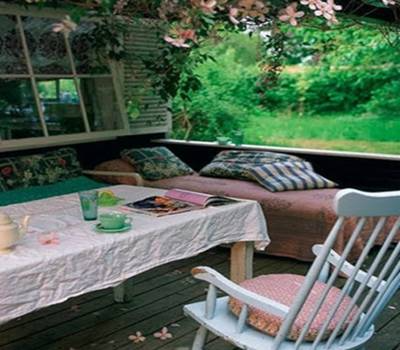
3
The introduction of horticultural therapists
Horticultural therapists are professionals who have received professional training in horticultural therapy, understand practical gardening techniques, and are able to arrange and design appropriate gardening or plant-related activities based on the different abilities and needs of participants to achieve therapeutic effects.
In 1973, the United States established and promoted a professional registration system for horticultural therapy and its practitioners. Currently, there are hundreds of horticultural therapists serving in hospitals, rehabilitation centers, community centers, and schools. While horticultural therapy in China started relatively late, the United States already has a relatively mature development path and certification program for horticultural therapists, which is worth learning from.
4
Implementation of horticultural therapy
■ Obtain financial or material resources and establish a research and implementation team. Horticultural operations should be designed and directed by a horticultural therapist or related professional, and carried out in collaboration with the nursing home's medical staff or rehabilitation technicians.
■ Understand the physical and mental state of the patient. Before implementing gardening operations, the horticultural therapist must have some understanding of the physical and mental state of the patient and the participants, so as to develop a personalized implementation plan and expected goals.
■ Set goals and design courses. After fully understanding the patient's physical and mental condition, detailed goals and plans should be developed. Currently, gardening practices offered overseas and in Taiwan primarily include preparatory work (such as composting), herb seed propagation, woody plant seed propagation, seedling transplanting, simple flower arrangements, and potted plant combinations. Courses should be simple and accessible, with clear focus.
■ Evaluation and Improvement. To make horticultural therapy more scientific and more tailored to the participants' physical and mental well-being, continuous evaluation and program improvement are essential. Evaluation is primarily accomplished through self-assessment by the participants and observations and assessments by the instructor during the course.
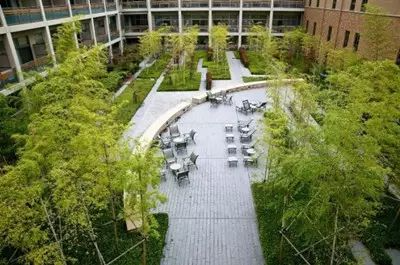
5
The effectiveness of horticultural therapy
Horticultural therapy is a comprehensive whole-body exercise. Moderate labor can increase physical strength, promote and regulate body functions, coordinate physical and mental balance, delay aging, and promote the healthy development of the human body.
■ Personality
Horticultural therapy can increase opportunities for interpersonal communication and collaboration and divert negative emotions through landscape creation and collective gardening activities.
■ Emotional aspects
Horticultural therapy can relieve stress, eliminate anxiety, tension and impatience; increase patients' enthusiasm for life, divert emotions and effectively manage emotional health.
■ Cognitive aspects
Horticultural therapy can effectively stimulate the reconstruction and strengthening of sensory functions such as vision, hearing, smell, temperature, and balance through sensory experience of plant posture, color, and fragrance and related gardening activities.
Through practical activities, horticultural therapy can help participants recognize their own value and re-establish their life values; through the labor experience and creative process of cultivating plants, they can experience the joy of learning, cognition, and action, which can enable participants to develop a sense of responsibility and accomplishment, and guide a positive attitude towards life; at the same time, horticultural activities can improve social skills and enhance public moral concepts.
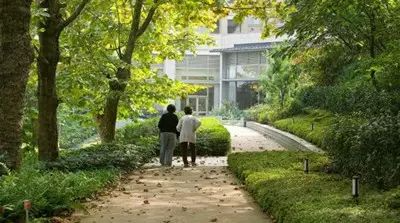
6
Application of Horticultural Therapy in Elderly Care Landscape
The application of horticultural therapy is mainly reflected in garden landscapes and practical activities. The temporal and spatial nature of garden landscape imagery, comprehensive synaesthesia, and intuitive physicality have a favorable regulatory effect on the human body's psychological state and cerebral cortex. Gardening practical activities, through actual contact and application of horticultural materials, maintain and beautify plants, potted plants, and gardens, and relieve stress and rehabilitate the mind through contact with the natural environment.
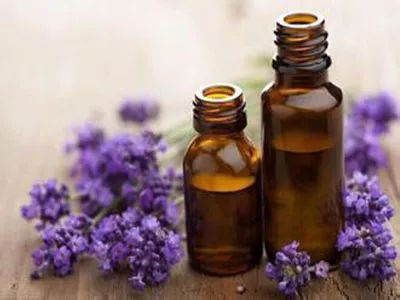
Aromatherapy refers to a therapeutic landscape that uses the volatile substances released by plants to treat and relieve discomfort symptoms through smelling, massaging, applying, bathing, etc. It is safe, comfortable, reliably effective, and has no side effects.
The aromatic garden mainly plants a variety of aromatic plants and combines them with garden design elements to provide services such as viewing, eating, drinking tea, beauty, bathing, massage, etc., giving it the functions of production, tourism, service, and leisure.
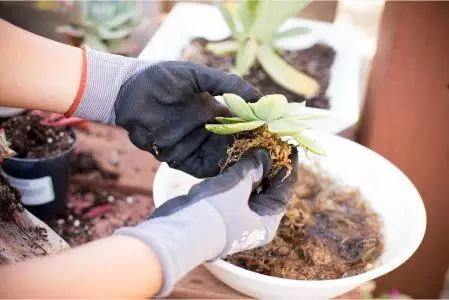
The color, shape, smell or taste of plants can produce strong visual, olfactory and tactile stimulation to people. At the same time, the chirping of birds and insects, wind and rain in the garden can also produce strong auditory stimulation to the viewer, thereby stimulating the body's potential and delaying organ aging.
The Five Senses Garden fully mobilizes people's five senses of smell, touch, vision, taste, and hearing, enriching the participants' sensory experience and strengthening organ functions.
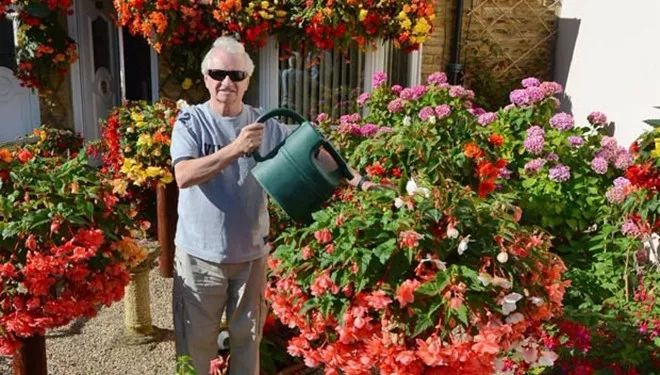
Plant health green space can provide visitors with a venue with high-quality air. In the natural fragrance, they can relax their nerves, reflect on the relationship between themselves and nature, and ultimately achieve harmonious physical and mental health.
In terms of landscape configuration, the plant health green space increases the green coverage and green shielding surface, uses aromatic plants and medicinal plants that are beneficial to the respiratory system and nervous system, and avoids using plants whose leaves, flowers, and fruits contain toxic substances or emit toxic substances. The odor emitted by the plants plays an auxiliary therapeutic role.
Flowers and leaves of different colors, shapes, and ornamental value can provide different visual effects, bringing inspiration and yearning to people; by creating a landscape with rich colors and prominent themes, color therapy can enhance people's immune function, and has the effects of pleasing the eyes, soothing the mind, and strengthening the body.

In landscapes, water features often serve as the finishing touch, creating a distinct aesthetic experience distinct from that of plants. Water brings a sense of intimacy, serving not only as a link between humans and nature but also possessing beneficial medicinal and health benefits. Incorporating subtle bank variations, varying waterscape layers, and a rich variety of aquatic plants into waterscapes creates a landscape that blends movement and stillness. A vast, tranquil lake can calm a restless mind.
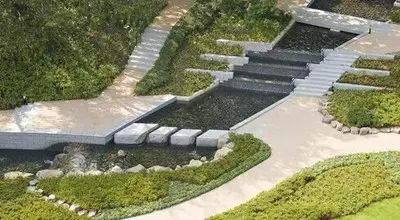
Memory therapy is based on the design model of American landscape designer Hoover Robert and is mainly aimed at the elderly.
This theory holds that the early stages of Alzheimer's disease are equivalent to the late stages of normal people. Therefore, designers can provide them with some interesting and challenging garden projects based on the psychological characteristics of normal people in the late stages. For example, placing some safer fitness equipment in the garden as a "challenge" can guide a positive attitude towards life, fully mobilize their thinking, and touch their old memories.
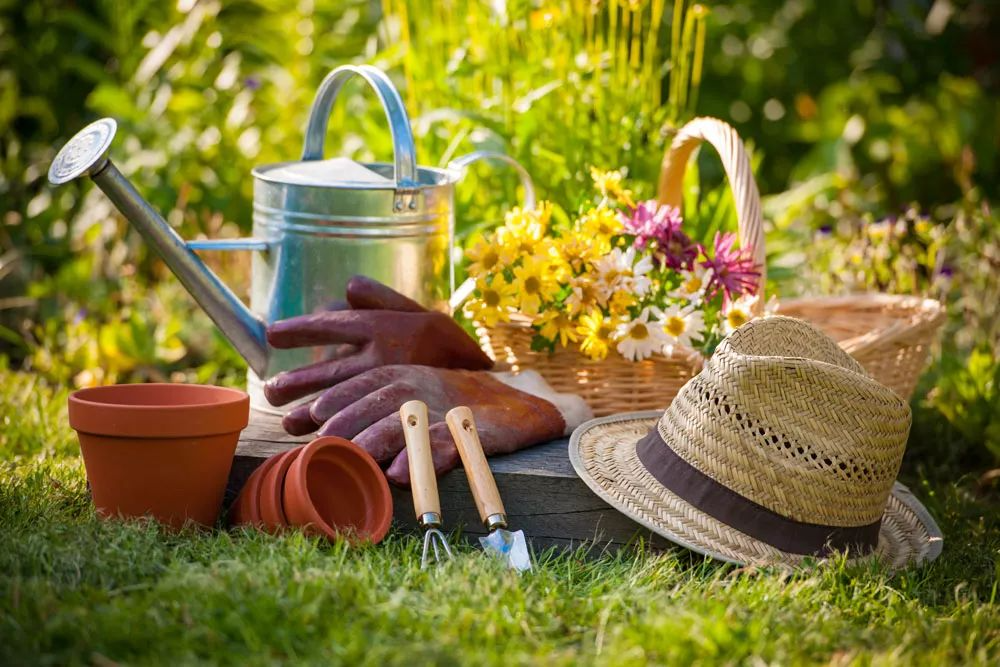
Participation is a major feature of horticultural therapy. Through practical gardening activities such as composting, weeding, planting, pruning, picking, flower arranging, and combining potted plants, it can produce active therapeutic effects on users, improve their physical functions and immunity, relieve physical and mental pain, and increase the sense of accomplishment, satisfaction, and responsibility brought by labor, which has a positive significance for health recovery.
Conclusion
Horticultural therapy is natural and safe, has significant therapeutic effects, and is easy to operate. Combining the rich experience of traditional health care, the profound Chinese herbal medicine technology and the rich plant resources of the "mother of gardens", carrying out horticultural therapy in the elderly care landscape is very suitable for the current situation of increasing aging. It fully reflects the fundamental needs of humanity and is also the development trend of elderly care construction.
